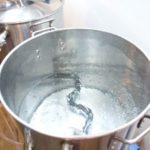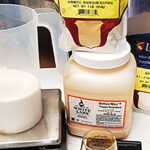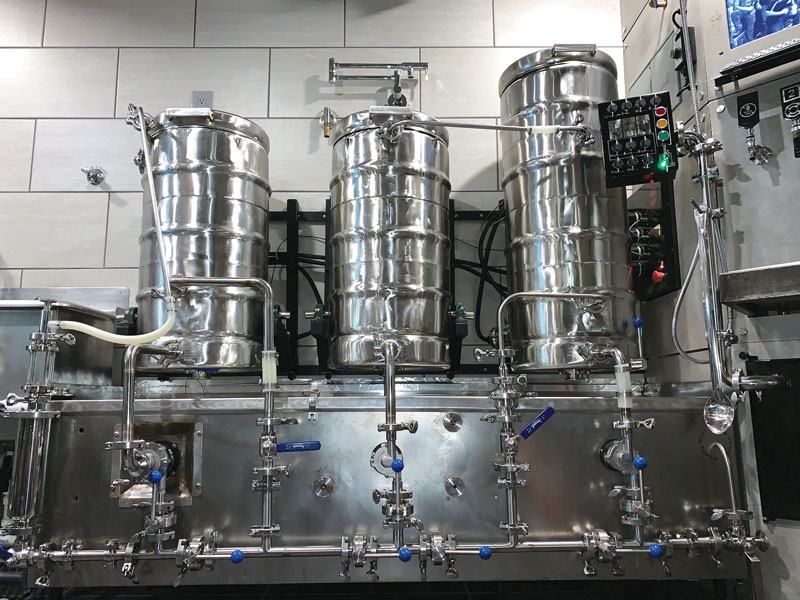Articles
Chocolate Malt
I’m not sure of anything as ubiquitously distributed and enjoyed the world over as “chockies.” From the creamy goodness of milk chocolate to the biting dryness of very dark cocoa, it’s entirely loved. If only there were something in brewing that we could use to mimic chocolate. If only…
Calculating Water Usage
Water, water everywhere….but how much do we need? We’ll give you the tools to calculate your predicted water usage and a quick primer on combatting chloramines.
A Day in the Life of a Beer Judge
One of the most common reactions I get when I mention that I’m a beer judge is, “Do you spit it out?” Actually, it takes hard work and focus to judge beer.
Reusing Yeast
Three pros share advice on harvesting, storing, and repitching yeast generation after generation.
Protein Rests, Freeze-Drying Yeast, & Simplifying Homebrewing
Is a protein rest necessary when brewing with a high percentage of wheat? The answer depends on the goals of the brewer, so understanding what this rest does, and doesn’t do, is important. The Wizard also discusses freeze-drying yeast and ways to make the homebrewing hobby simpler.
Sweet Stout
With origins in the United Kingdom, the sweet (or milk) stout has found a following in the U.S. craft beer scene. Gordon Strong digs into its history and provides pointers to brew a classic example of the original lactose-infused beer.
Quick Connects
Quick connects allow various configurations to be employed quickly and efficiently in different parts of a brewhouse, in the cellar, and in draft systems. Take a spin through the many quick connects that brewers are utilizing in today’s homebrewing world.
Brewing With Russian River
Russian River Brewing Co.’s beers have been some of the most sought-after from the time Vinnie Cilurzo was brewing them in their downtown Santa Rosa, California, brewpub. The brewing operation has grown, but the quality, dedication, and appeal hasn’t wavered. Vinnie opened up the brewery (and recipe books) for us to share his story, brewing advice, and five clone recipes with readers.
Yeast Nutrients, Dry Hop Oxidation & Low-ABV Beers
The Wizard explains why some recipes call for yeast nutrients and others don’t — but why you should consider using it more often than not. Plus, tips to stop beer from oxidizing when dry hopping, and the latest on the no/low-alcohol beer trend.












